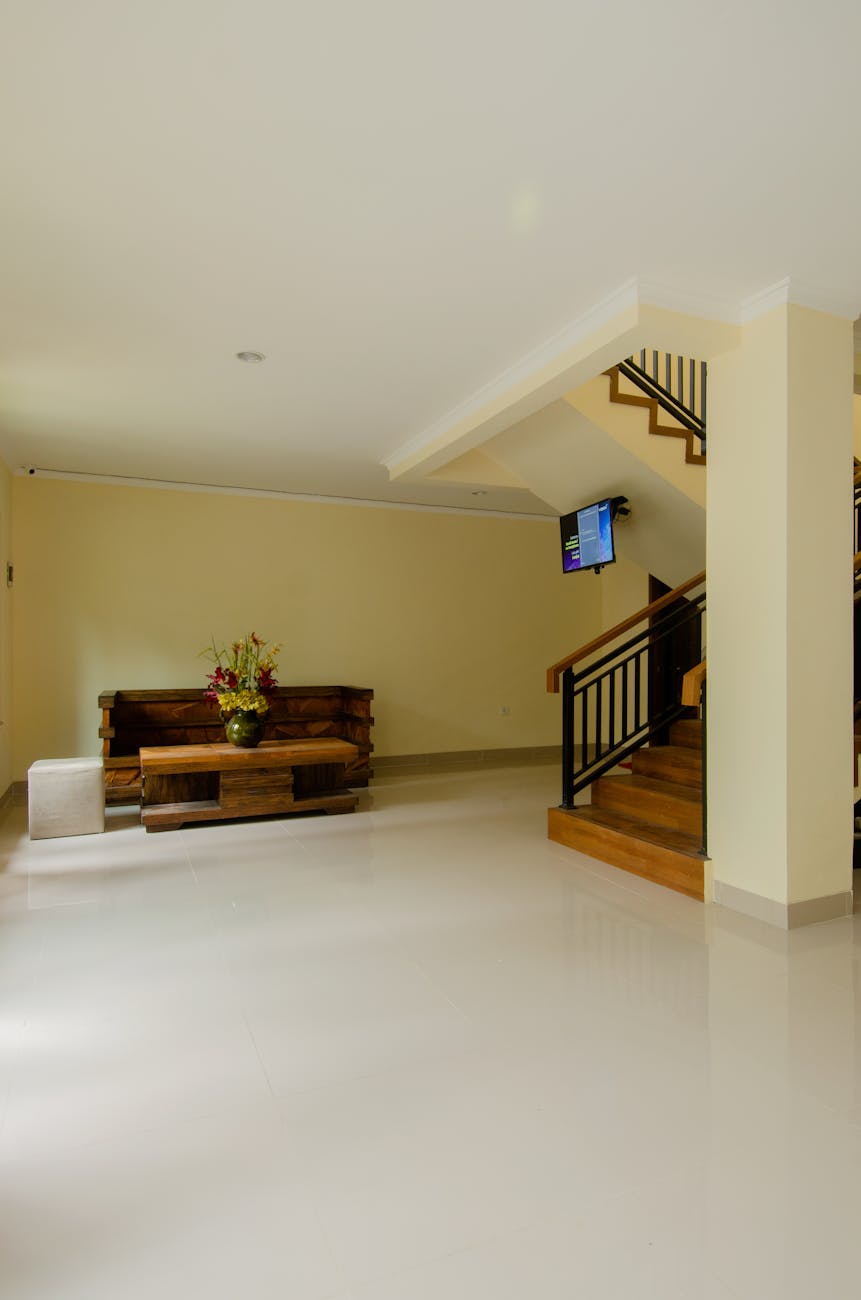Guide to Commercial Real Estate Leasing: Trends and Opportunities
Guide to commercial real estate leasing: trends and opportunities
The commercial real estate (CRE) leasing landscape is constantly evolving, influenced by economic shifts, technological advancements, and changing tenant needs. For investors, landlords, and businesses seeking space, understanding current trends and emerging opportunities is essential for making informed decisions and maximizing returns. This guide explores key aspects of commercial leasing, from market dynamics and lease structures to the impact of remote work and sustainability trends. We will also analyze how these elements create new leasing opportunities, helping stakeholders navigate the complex market with confidence. Whether you are a seasoned CRE professional or exploring the sector for the first time, gaining insight into today’s leasing environment will better position you to capitalize on growth and minimize risks.
market dynamics shaping commercial leasing
The commercial leasing market is fundamentally driven by supply and demand, but recent years have brought additional variables. Economic fluctuations influence tenant expansion or contraction, directly affecting vacancy rates and rent levels. According to data from the National Association of Realtors, office vacancy rates in the U.S. fluctuated between 15% and 20% post-pandemic, reflecting a cautious return to physical workspaces.
Moreover, certain sectors like industrial real estate have seen surges due to e-commerce growth, while traditional retail faces challenges from online shopping trends. Urban centers remain hotspots for commercial leasing due to infrastructure and talent availability, yet suburban and secondary markets are attracting more interest as companies seek cost-effective options.
| Sector | Recent trend | Impact on leasing |
|---|---|---|
| Office | Hybrid work models replacing full-time office attendance | Demand for flexible, smaller spaces; increased tenant requirements for amenities |
| Industrial | Growth in e-commerce and logistics demand | Higher occupancy, longer lease terms |
| Retail | Shift to online shopping | Decrease in large storefront demand, rise in experiential retail spaces |
lease structures and negotiation strategies
Understanding different lease structures is critical for both tenants and landlords to align their financial and operational goals. The most common leases in CRE are gross, net, and modified gross leases, each varying in responsibility for expenses such as taxes, insurance, and maintenance.
- Gross leases involve the landlord covering most property expenses, usually resulting in higher base rent.
- Net leases place more responsibility on tenants to pay expenses, offering lower base rent but potentially fluctuating costs.
- Modified gross leases blend elements of both, commonly negotiated depending on tenant and market considerations.
Successful negotiation requires a thorough understanding of market conditions, tenant requirements, and lease flexibility. For instance, with hybrid work driving space optimization, tenants increasingly seek shorter lease terms and expansion options. Landlords who accommodate these needs may secure better occupancy and tenant satisfaction.
technology and sustainability transforming leasing opportunities
Technology integration into commercial properties, such as smart building systems and flexible office layouts, has become a major selling point. Tenants are prioritizing spaces that support productivity through advanced connectivity and efficient utilities. Additionally, sustainability is no longer optional; energy-efficient buildings with green certifications often command premium rents and attract environmentally conscious tenants.
Landlords investing in retrofitting properties for sustainability and incorporating technology enjoy the advantage of higher demand and longer lease commitments. The value-add potential here is significant, as tenants identify more with brands promoting environmental stewardship and innovation.
navigating lease renewal and exit strategies
Lease renewals and exits require strategic foresight. Tenants must evaluate whether renegotiating for better terms or relocating serves their evolving needs. Conversely, landlords need to anticipate tenant churn and proactively market spaces to minimize downtime.
Many modern leases incorporate clauses such as early termination rights or expansion options to provide flexibility. Understanding these provisions helps stakeholders mitigate risks associated with market volatility. Additionally, maintaining strong tenant relationships through open communication and services can improve renewal rates.
Conclusion
Commercial real estate leasing is an intricate balance of market awareness, strategic negotiation, and adaptability to emerging trends. By understanding the current market dynamics—such as sector-specific demands and shifts toward flexible workspaces—stakeholders can better position themselves for success. Informed lease structuring and negotiation, combined with a focus on technology and sustainability, create significant value for both tenants and landlords. Planning for renewals and exits with foresight further enhances stability and profitability in leasing portfolios.
As the CRE landscape continues to evolve with economic changes and technological adoption, staying informed and responsive remains key. Whether entering the market or managing existing leases, embracing these trends and opportunities will unlock pathways for growth, risk mitigation, and competitive advantage in commercial real estate leasing.
Image by: Hakim Santoso
https://www.pexels.com/@hakimsatoso
editor's pick
latest video
news via inbox
Nulla turp dis cursus. Integer liberos euismod pretium faucibua

